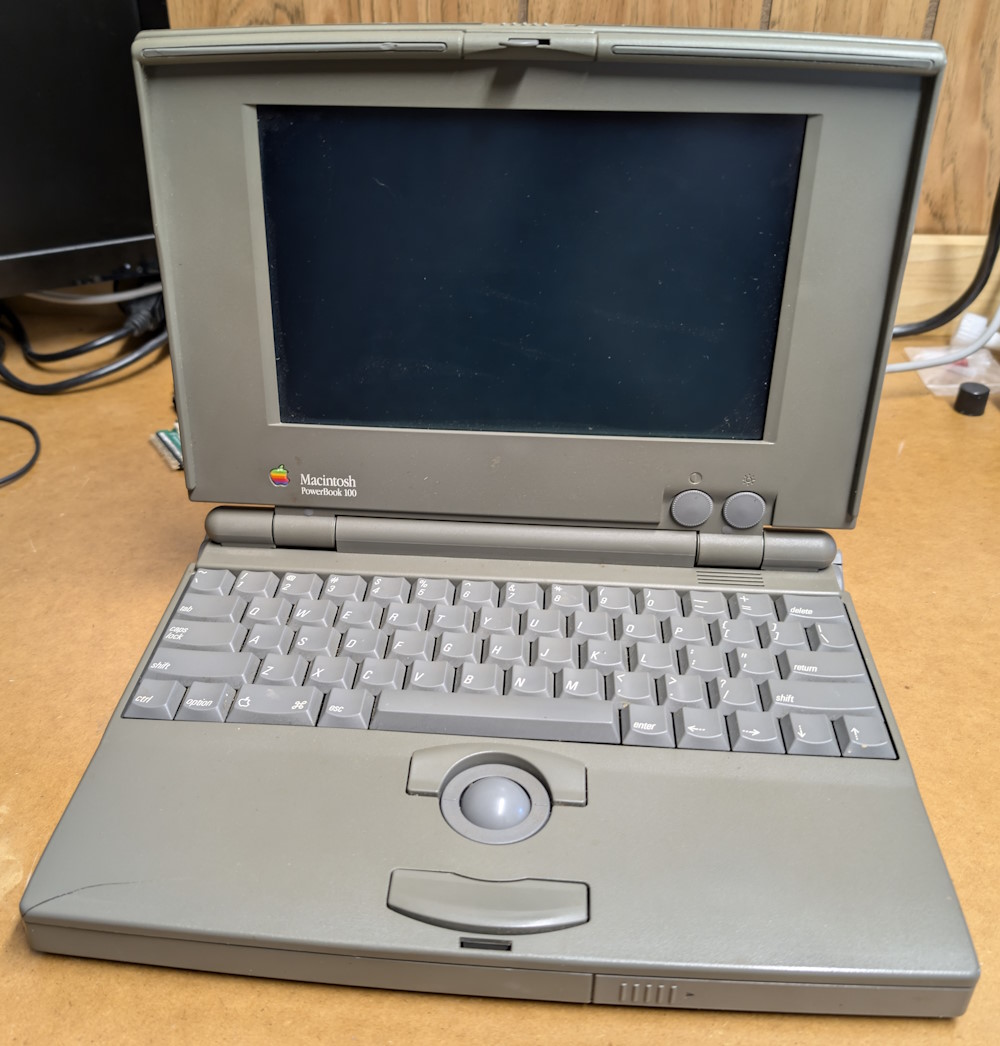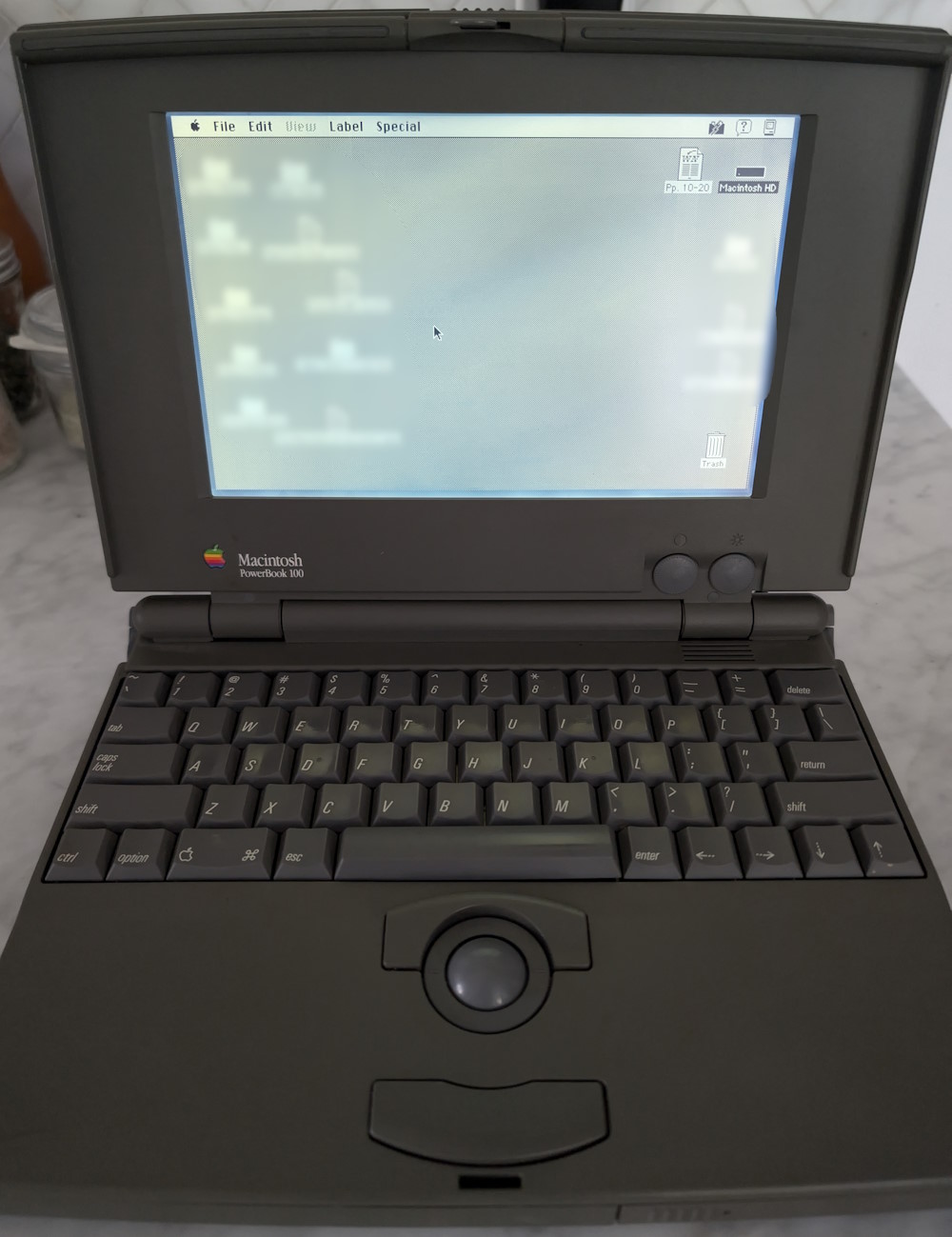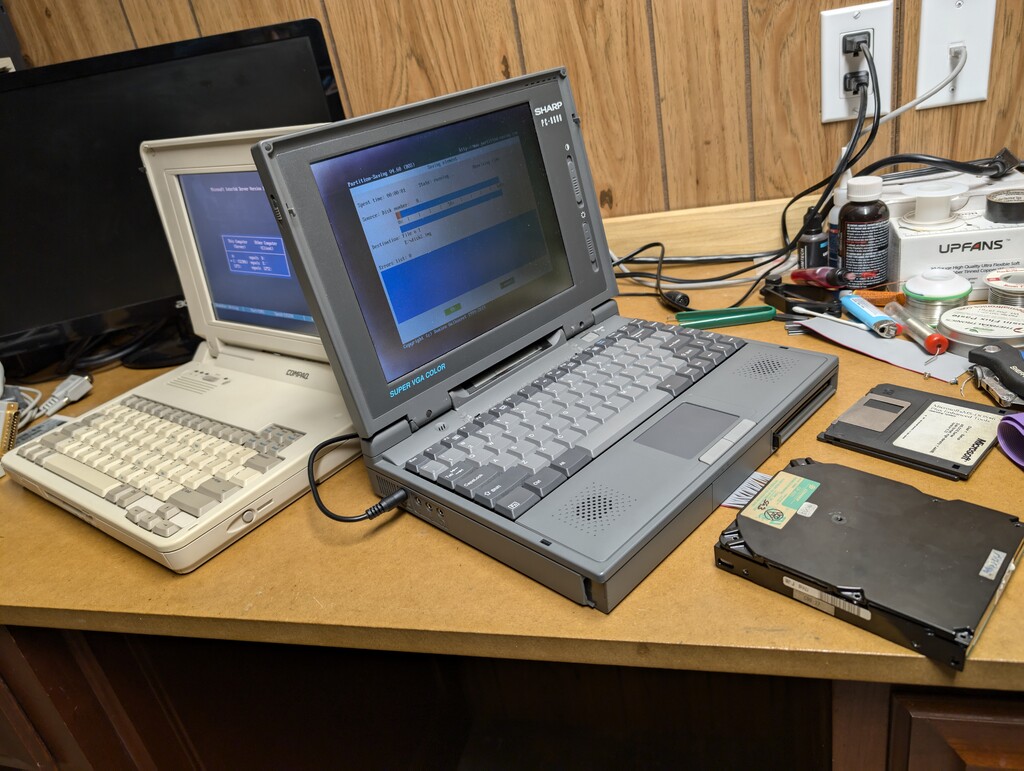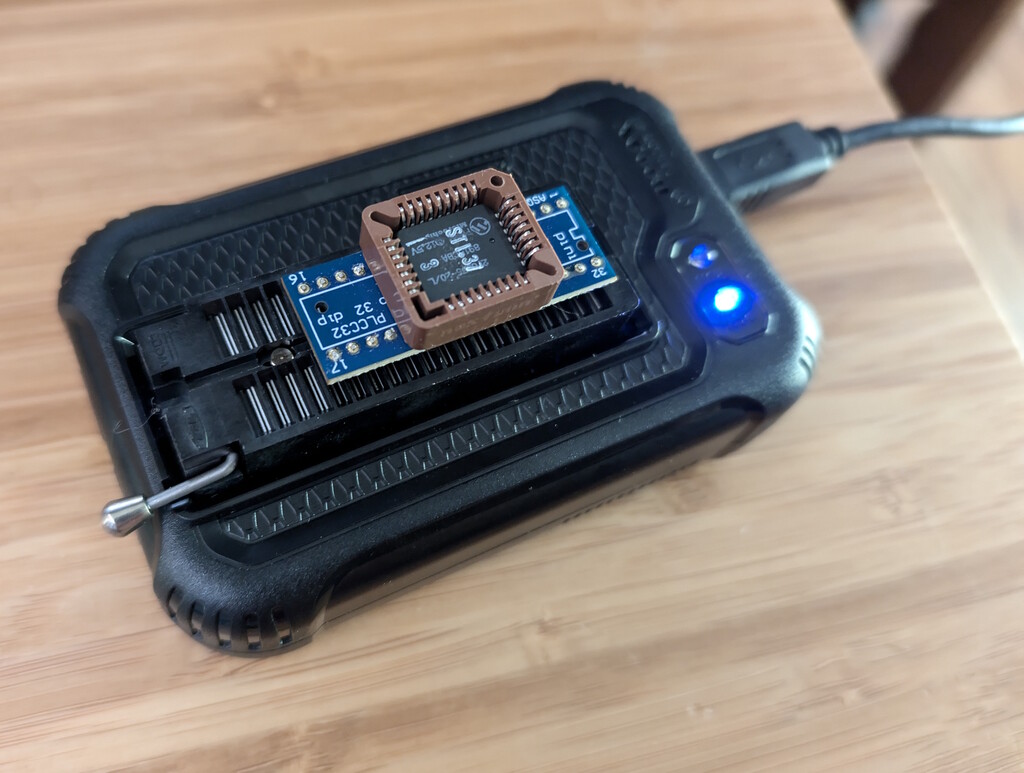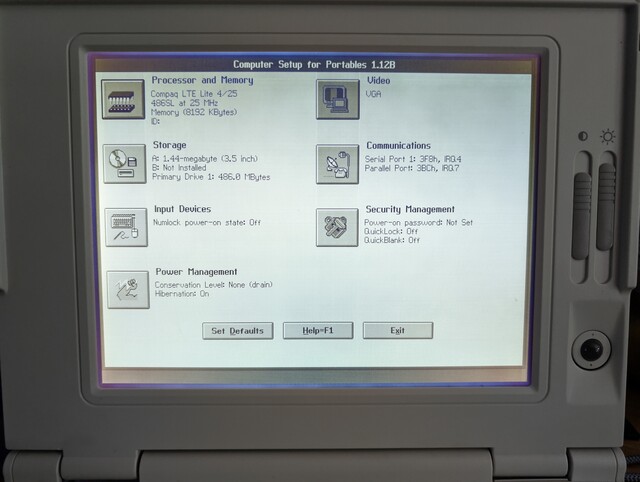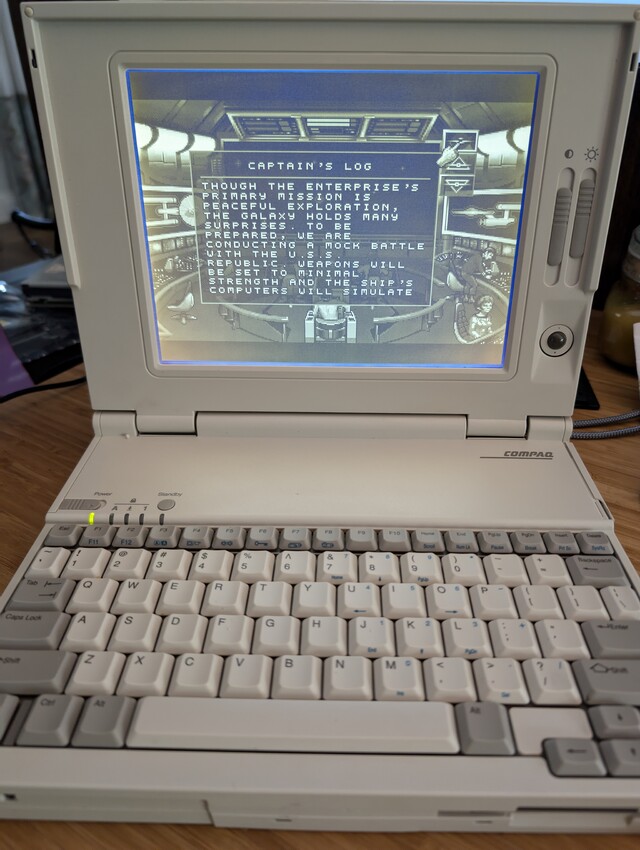I’ve had some fun recovering data from two different types of SyQuest disks: SyQuest “SparQ” and “EZ 135” cartridges! These were made in the late 1990s, and were meant to compete with Iomega Zip and Jaz disks.

These types of cartridges come from a weird (and short) era that came after the reign of floppy disks, but before the reign of portable hard drives (and USB flash memory). These cartridges literally contain a hard disk platter, and when you insert the cartridge into the drive, it becomes a complete hard drive.

The flaw in this design, which is obvious today, and should have been obvious then, is that there’s a reason why hard drives are very tightly sealed: if a single grain of dust gets between the platter and the read head, it can cause a catastrophic head crash, which will cause permanent damage to the disk, and to the drive. And that’s exactly what happened: the failure rate of these disks was comically high, and likely contributed to the eventual demise of the SyQuest company.
For both EZ 135 and SparQ disks, I was able to find inexpensive drives on eBay that support these disks. These are both external drives, and connect to the PC’s parallel port. And in both cases, the drive was missing its corresponding power adapter (because of course the drive uses a proprietary power connector). Luckily, I was able to find photos on the web of the power adapters, and see their respective pinouts, which were printed on the underside of the adapter. In the SparQ case, the power supply outputs both 5V and 12V on different pins, which is identical to a standard PC power supply’s internal connections. This drive was probably intended to be adaptable to become an “internal” model. So, I simply soldered a spare 4-pin Molex connector onto the corresponding pins inside the drive, and it’s suddenly compatible with a PC power supply!

And in the EZ 135 case, the power adapter only outputs 5V, so I soldered a standard barrel connector onto it.

I was able to find a driver on the web that supports both of these drives over the parallel port, and can be installed under Windows NT. The driver installs itself as a “SCSI” adapter, and exposes the drive as a true removable disk, giving Windows block-level access to it, and assigning it a drive letter. Therefore, if you insert a cartridge into the drive, you can just access it through Windows Explorer just like any other removable disk.

This means it’s also possible to use lower-level disk tools for reading the disk. Since I wanted to perform “full” data recovery on these cartridges, I was interested in obtaining complete sector-level images of the disks. Windows doesn’t have a built-in tool similar to dd in Linux, but there is actually a special “third-party” version of dd for Windows, and it actually works in Windows NT. Since this tool is open-source, I took it and made a tiny enhancement to make it retry reading a sector if it fails. That was a bit of fun in its own right, since this tool is built using Borland Delphi, which required spinning up a Windows 2000 virtual machine and installing Delphi 7 to make it build.
These cartridges had a few bad sectors, and retrying reading a specific sector multiple times allowed it to eventually succeed (in a sort of “SpinRite” fashion). Using this tool, all of the disks were read successfully!
If you have SyQuest disks lying around, needing to be recovered (or any other data recovery needs), get in touch!
